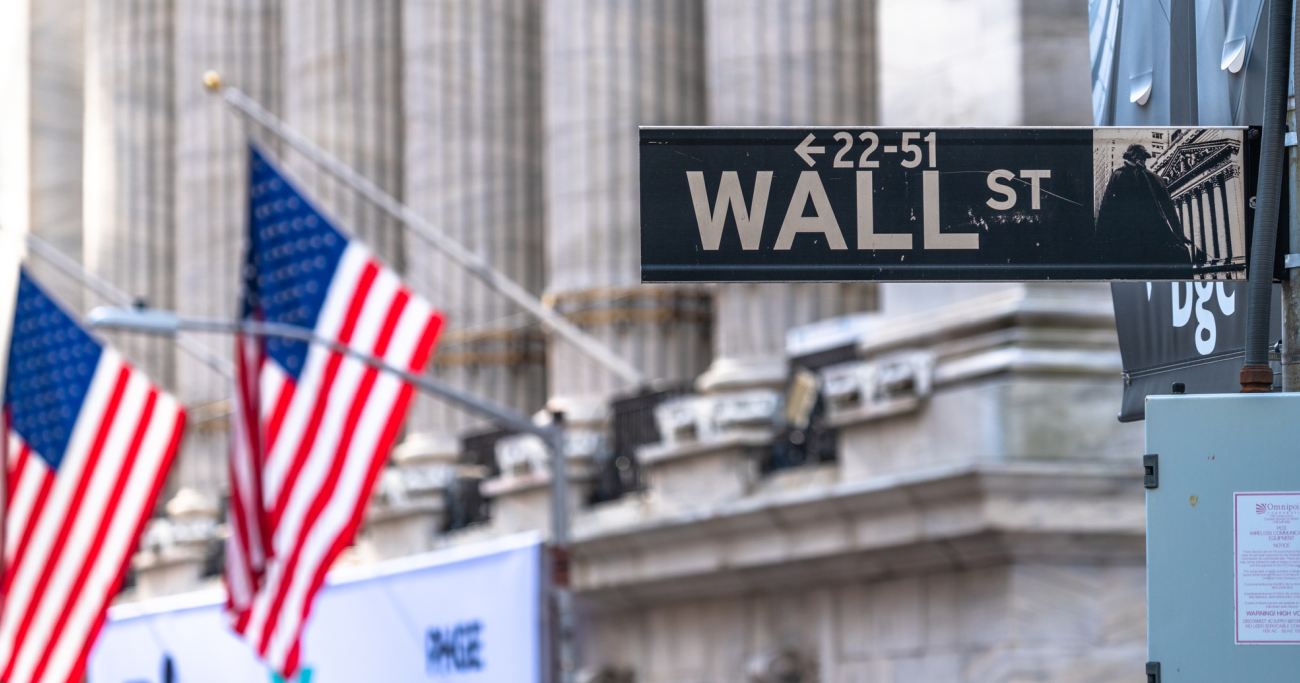Originally published in Japanese on May 18, 2022
Direction matters
How will Russia’s horrid war in Ukraine develop? How long will oil prices stay sky-high? Are food shortages next? Will global central bank “tightening” keep the yen falling? What of China’s lockdowns? Early 2022 brought huge amounts of uncertainty — which stocks famously hate. But don’t despair. This is all now widely priced into stocks. Do not fear today’s uncertainty — embrace it. Buy before the haze clears and stock prices rise.
The old adage that stocks hate uncertainty is true — in part. Stocks hate high and rising uncertainty. High but falling uncertainty, however, is bull markets’ favorite fuel, and that is coming.
Take Russian President Vladimir Putin’s ugly invasion. That fallout added to early-year trauma but does not change my January forecast: a volatile first half before a big, back-half relief rally. While much about the war and its outcome remains unknown, crucial clarity is emerging on stocks’ chief concern: energy. Hence, oil is down nearly 20% off its early March peak and Asian natural gas futures have halved. Coal is down 25% off its high, even after Japan and Europe announced bans on Russian product.
Markets have priced Western nations’ mostly symbolic sanctions on Russian energy too, bringing more clarity. China and India are snapping up extra Russian crude oil at big discounts — showing Russian supply is not off the market, just diverted. More clarity. We know Putin is not stanching energy shipments — no surprise given oil and gas revenues comprise 36% of Russia’s budget. More clarity.
Yes, some energy uncertainty remains. An EU ban on Russian oil and gas is possible, if unlikely, stirring fears of further price spikes. But German opposition helps markets price the probability and scope of big bans in advance. Europe ramping up Middle East, Indian and U.S. diesel imports also shows markets how EU countries can successfully sidestep Russian bans. Each step forward reduces uncertainty, sapping the impact of scare stories. Soon, energy prices will be lower — or markets will have acclimated to them being high and moved on.
More clouds clear
Central bank clarity is also coming into view. After months of speculation, the U.S. started hiking interest rates in March and will soon begin shrinking its balance sheet. The European Central Bank has sped its quantitative easing “tapering.” Will the yen keep sinking as the Bank of Japan bucks the global trend? We will know soon, and either way stocks will appreciate the clarity.
China’s COVID lockdowns are unpredictable, but their economic impact is clear. Markets now know the sharp slowdowns that accompany shutdowns reverse very quickly when restrictions lift. Just look at Japanese purchasing managers’ indexes jumping from contraction in February to expansion in March after the Omicron restrictions relaxed.
Another huge uncertainty domino will soon fall: America’s “midterm” congressional elections. Shrill campaign rhetoric typically causes unease to spike early in midterm years, hampering stocks globally. But the president’s party almost always loses some amount of power in midterms, bringing bullish gridlock. That will be even more the case in 2022, with U.S. President Joe Biden’s Democrats holding razor-thin majorities in both houses of Congress.
For stocks, gridlock is the ultimate remedy for political uncertainty. It renders governments incapable of passing big, controversial legislation. Big bills create winners and losers, spooking investors because — as behavioral psychology documents — people hate losses much more than they love gains. Gridlocked governments also let firms know the rules will not change much, so they grow more comfortable deploying growth capital. Investors and stocks love it.
Rigid political biases blind most to the U.S. midterms’ gridlock market magic, but the reality gets priced in regularly sometime in the year’s back half. That is why U.S. markets climbed in 83% of midterm fourth quarters since reliable data began in 1925, with rallies continuing all the next year. Well known, pre-priced headwinds — inflation, Ukraine, COVID and so on — lack sufficient surprise power to create repeat stock price tumbles.
Clarity is costly
Uncertainty never fully vanishes, so do not wait for clarity. Instead, accept that total uncertainty rises and falls. Shrinking uncertainty is bullish — a fact global stocks’ rebound since early March may reflect.
Short term, wild wiggles may remain. Do not let them sway you. Trying to time markets’ short-term swings is folly. Through this Q1, world stocks returned 7.3% annualized over the past 20 years — a 307% total return that included every stomach-churning bear market, 10-20% correction and 5-10% dip.
Relief is coming. Meanwhile, remember the age-old saying: “If you want clarity, the stock market is a very expensive place to get it.” Once certainty, or even increased clarity, arrives, stocks are routinely far higher than when foggy futures reigned. That makes those buying during the haziness doubly happy when it clears.
Ken Fisher is Founder and Executive Chairman of Fisher Investments, a $200 billion global investment management firm spanning Asia, North America, Europe, Australasia and the Middle East. He is author of 11 books including four New York Times Bestsellers and writes customized columns in leading publications in 15 countries. He lives in Dallas, Texas. The views expressed here are his own.











